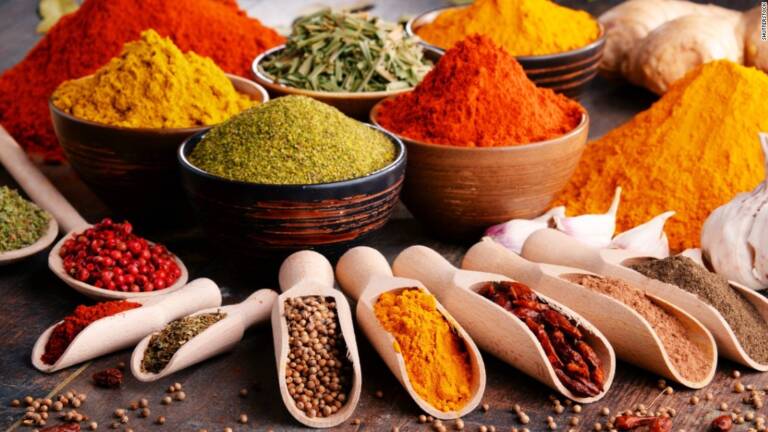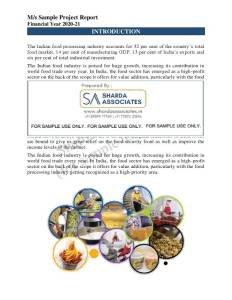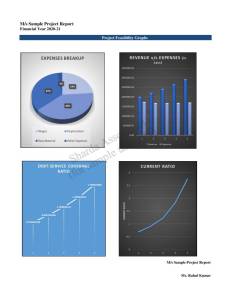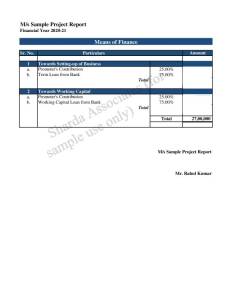Project Report For Masala Udyog
Introduction
Project report for Masala Udyog is as follows.
Masala Udyog, also known as the spice industry or spice manufacturing, is a vital sector of the food processing industry that involves the processing, production, and distribution of various spices and spice blends. Spices have been a part of human culture for thousands of years, giving flavor, scent, and color to a variety of gourmet meals.
The roots of the masala udyog can be traced back to ancient times when spices were highly prized commodities. India, in particular, has been a hub of spice production and trade since time immemorial. The country’s diverse climate and geographical features provided an ideal environment for the cultivation of a wide range of spices, including turmeric, cardamom, cinnamon, black pepper, cloves, and cumin, among others.
The early immigrants who recognized the worth and potential of these aromatic ingredients are responsible for the introduction of masala udyog. Spices were utilized not just to enhance the flavor of food, but also for their therapeutic effects. They were regarded as emblems of riches, power, and status, and in certain cases were used as cash.
The processing of masala udyog is the sourcing of raw materials, which typically include various spices like cumin, coriander, turmeric, chili, pepper, cinnamon, cardamom, and many others. These spices are often procured from local farmers or spice growers, as well as from different regions or countries known for their specific spice varieties.
They are cleaned to remove contaminants like dirt, stones, and foreign substances. This process is critical for ensuring the final product’s quality and purity. Depending on the scope of operations, cleaning can be done manually or using automated technology.
The spices are dried to reduce their moisture content and enhance their shelf life. Drying methods can vary, including sun drying, mechanical drying, or a combination of both. Proper drying is crucial to prevent the growth of molds and bacteria, ensuring the spices’ longevity and quality.
Where the dried spices are processed into powdered form. Grinding can be performed using traditional grinding stones or modern grinding machines. The goal is to achieve a fine and consistent powder texture. This step also helps release the essential oils and flavors present in the spices, enhancing their taste and aroma.
Masala udyog also involves the production of spice blends. Spice blends are combinations of multiple spices in specific ratios to create unique flavors and seasoning profiles. The blending process requires precise measurements and thorough mixing to achieve uniformity. This step can be carried out manually or with the help of specialized blending machines.
Masala Udyog also includes spice blend manufacture. Spice blends are unique flavor and seasoning profiles created by combining various spices in specified ratios. To ensure homogeneity, the blending procedure necessitates exact measures and vigorous mixing. This process can be completed manually or with the assistance of specialized blending machines.

Market Potential of Masala Udyog
The Indian spices market is expected to be valued at INR 72,900 crore in 2021. Between 2023 and 2028, the market is estimated to develop at a CAGR of 9.20%, reaching a value of roughly INR 1,23,613 crore by 2027.
Masala Udyog has played an important role in rural socioeconomic development. Spice farming provides farmers with cash and employment opportunities. Furthermore, the construction of spice processing facilities and spice manufacturing enterprises has resulted in both skilled and unskilled job opportunities.
The masala udyog sector has made considerable strides in terms of product innovation, quality control, and packaging processes. Companies are introducing organic and sustainable spice goods to meet the growing demand for healthier and more ecologically conscientious options. Furthermore, the industry has embraced modern marketing tactics, utilizing online platforms and e-commerce to reach a larger consumer base.
Indian food has grown in popularity around the world, creating a growing demand for real Indian spices. Masala Udyog, especially in India, can capitalize on this worldwide interest by providing high-quality spice mixes and powders that match international standards and meet the needs of the global market.
Masala Udyog has a high export potential, particularly in nations with a big Indian diaspora and where Indian food is popular. For masala, udyog enterprises looking to generate income and develop a global footprint, expanding into other markets can be a lucrative opportunity.
Project Report on Masala Udyog
Need Help?
Create 100% Bankable Project Report





